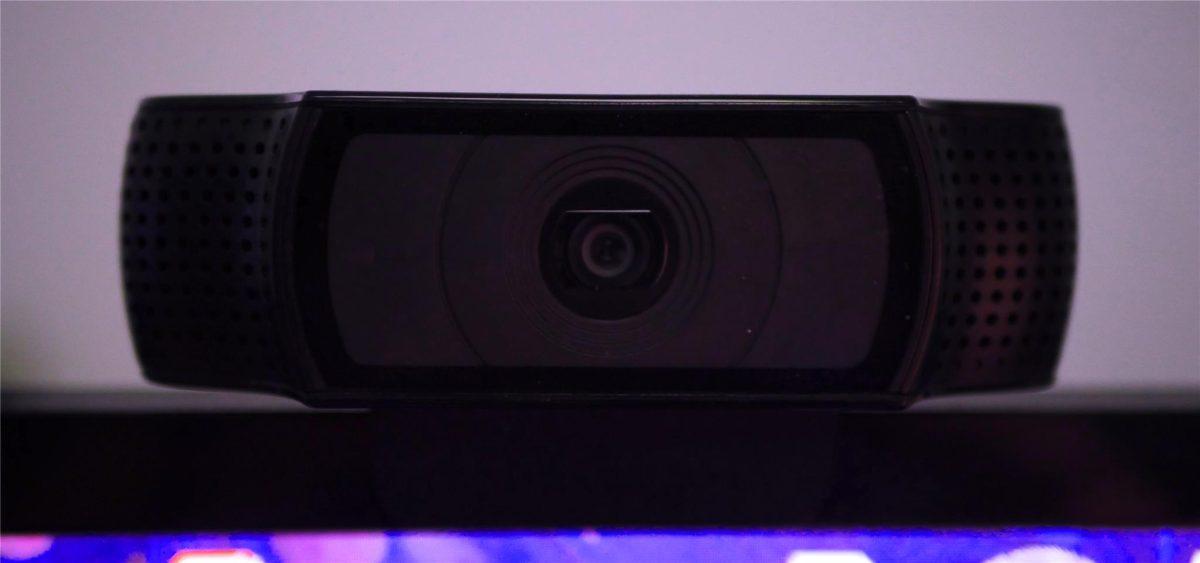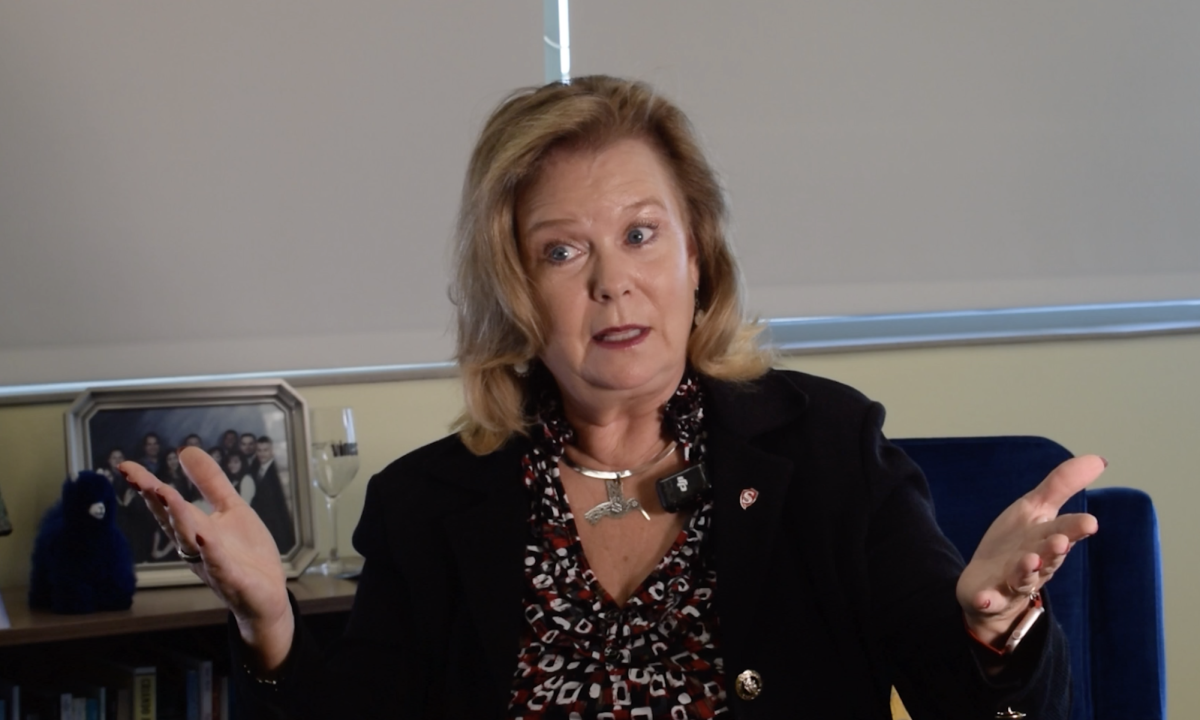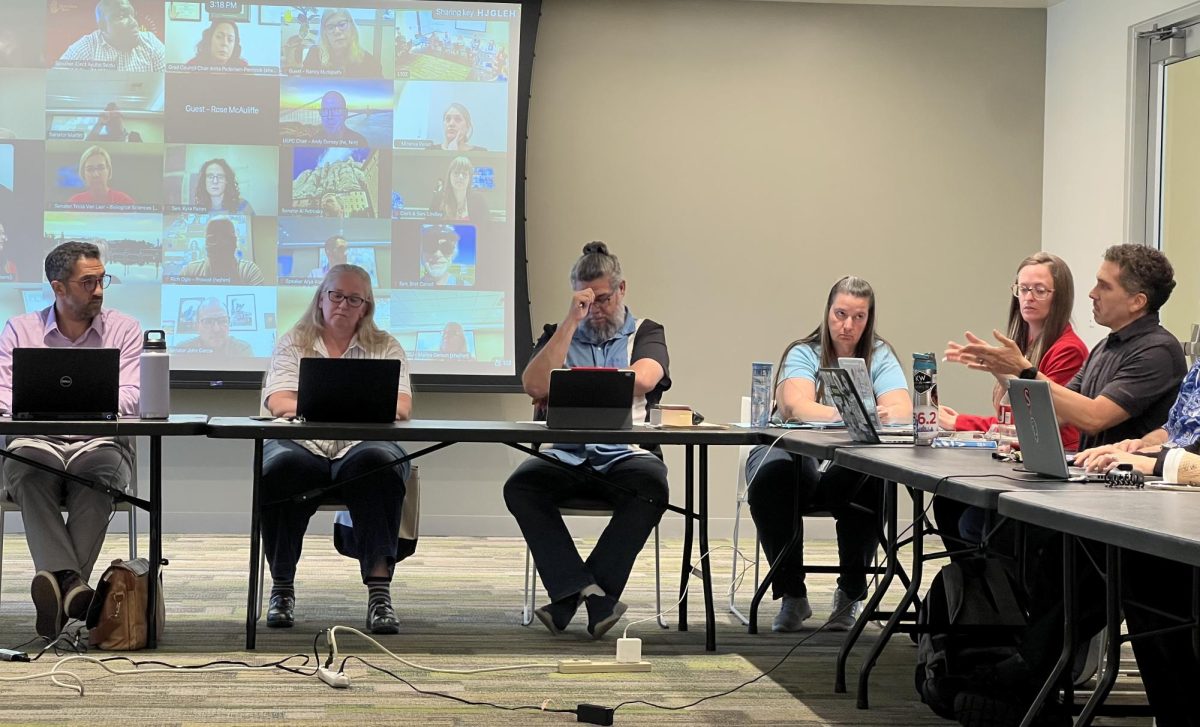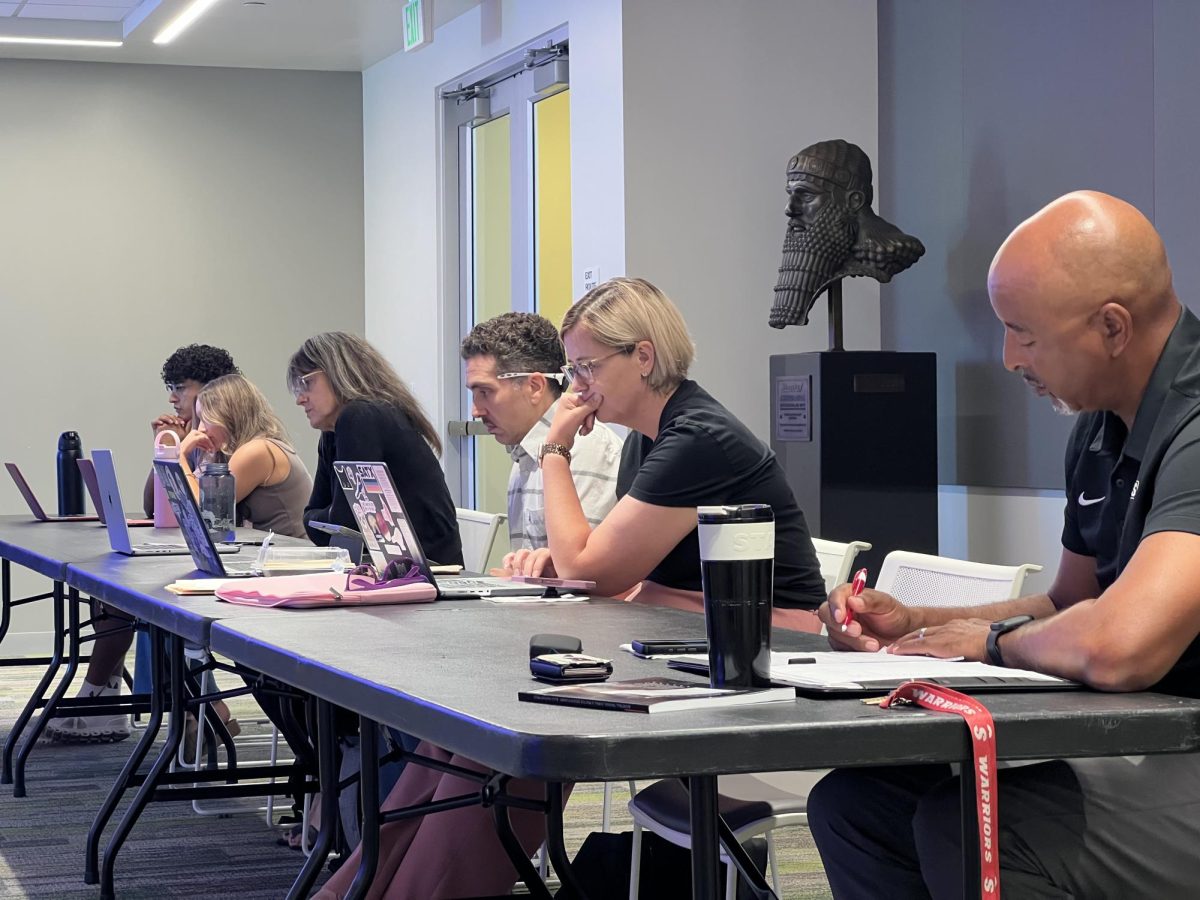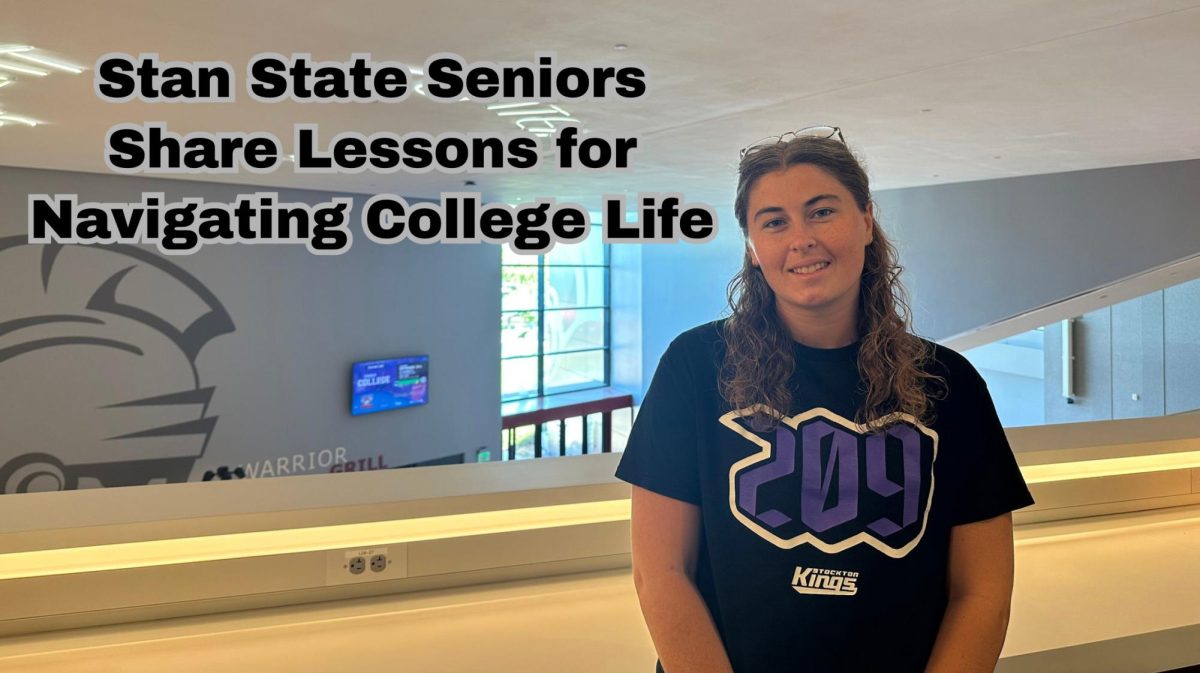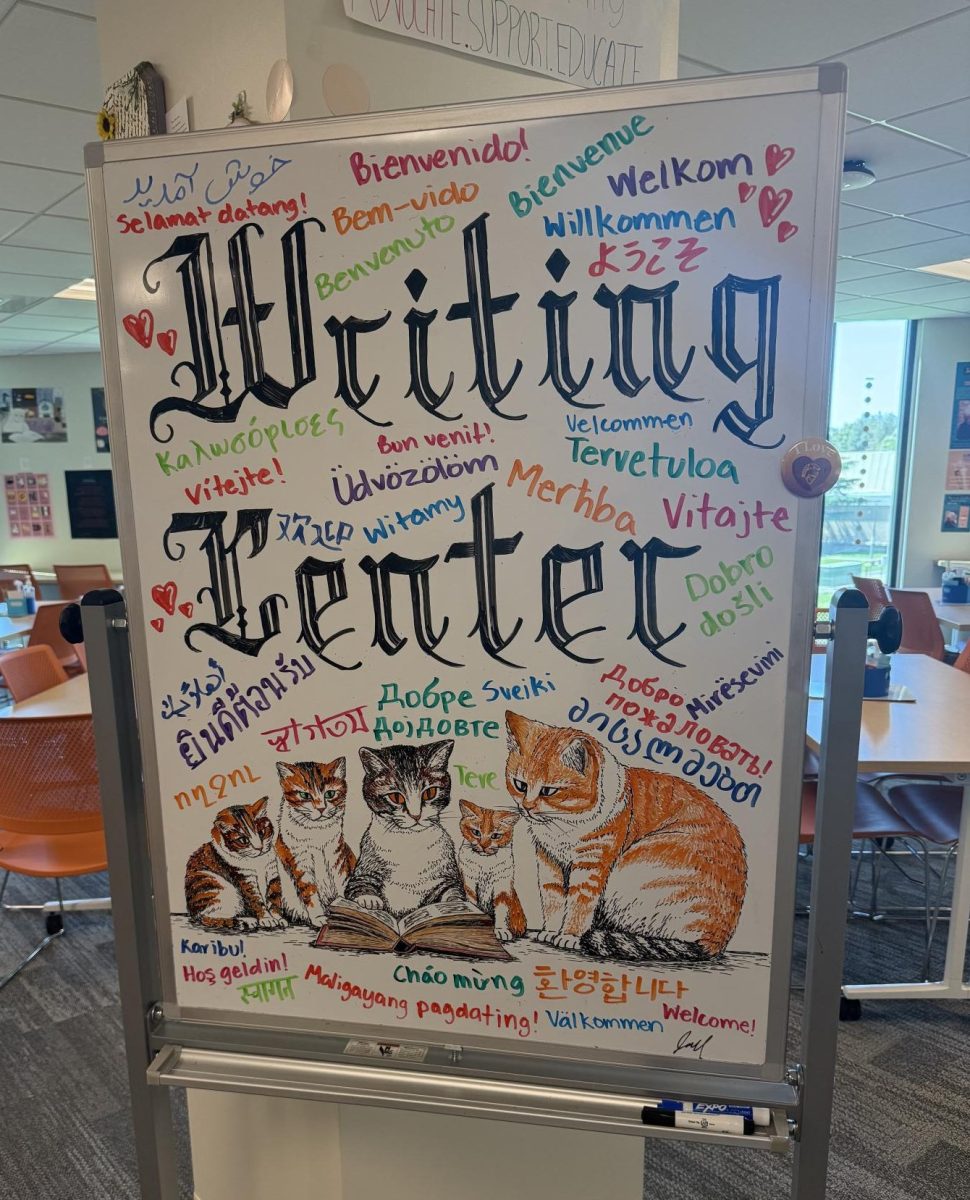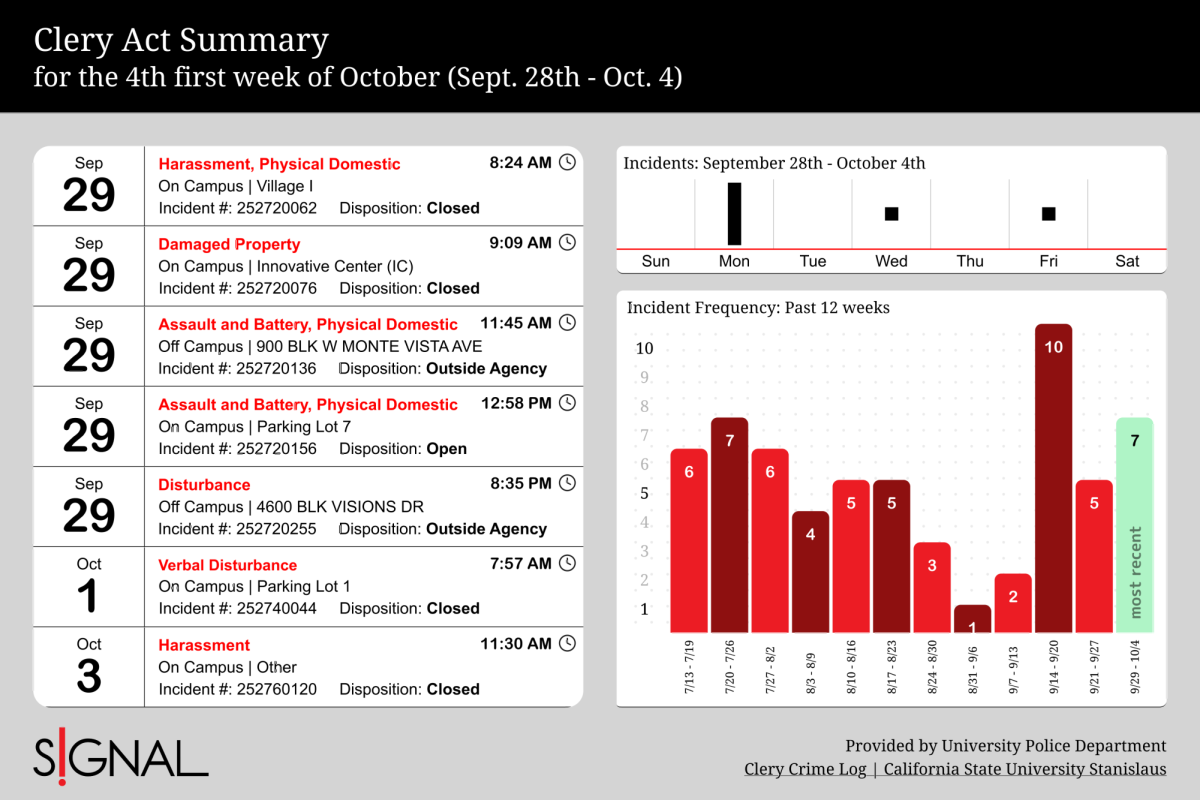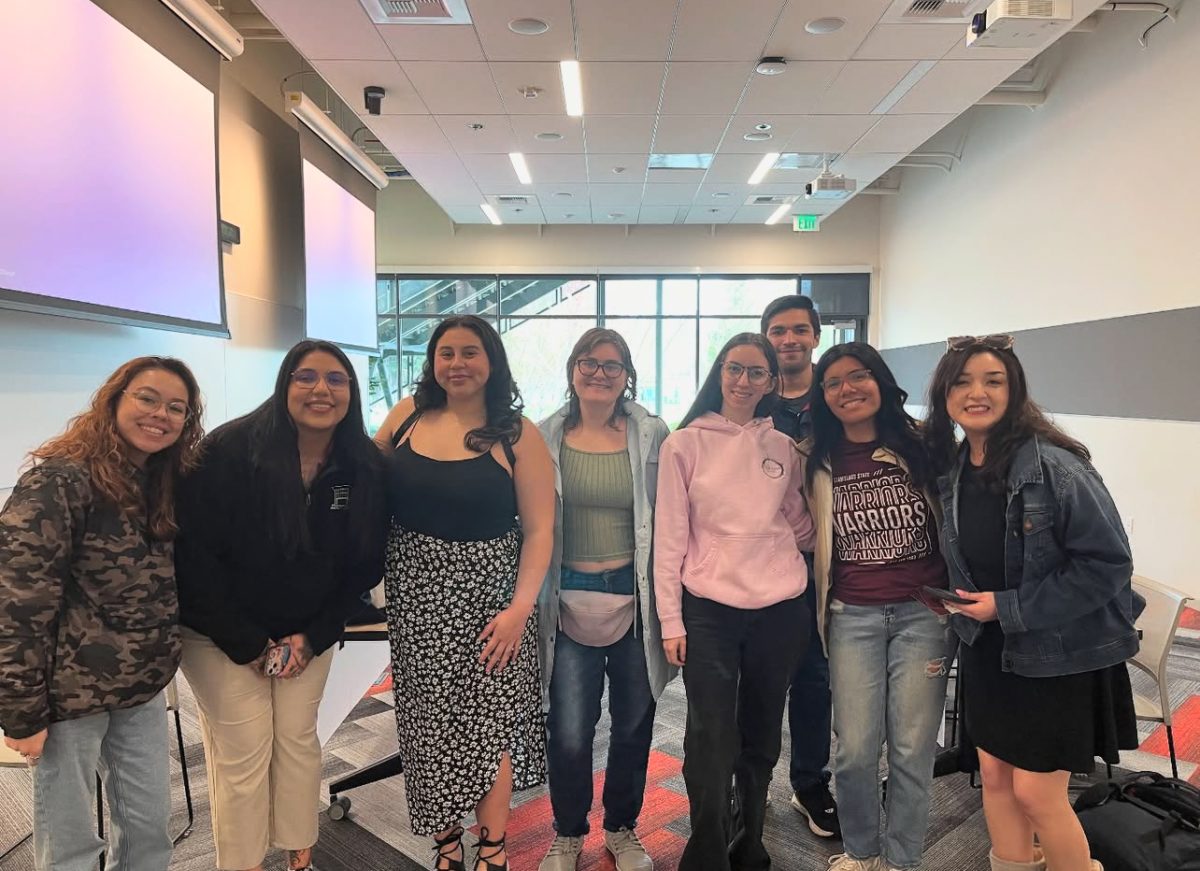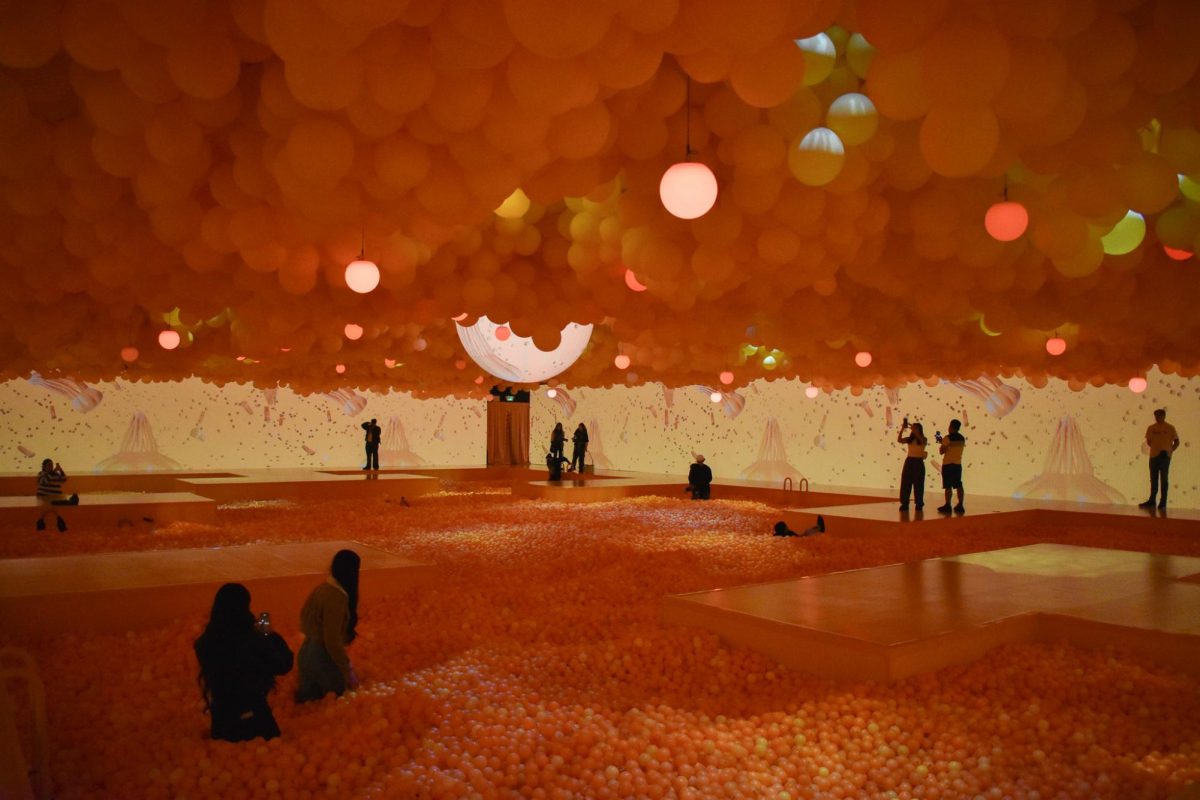Stan State has spent over a year in the virtual classroom and now looks to return to campus. Virtual education has not been without hardships that students and faculty have had to adjust to.
While many may not immediately think of it when it comes to a challenging online transition, the virtual switch was not easy for the average lecture or discussion class. Professor Robin Baldridge, teaching in both the Gender Studies and English departments, highlighted some of these challenges.
“It was a tremendous amount of labor, not just having to think about different pedagogical approaches but also having to learn to work with new technologies, new learning management systems, Zoom, new ways of interaction,” explained Baldridge.
The process of moving to online learning led to an entirely different approach in preparing for classes. Many aspects of Baldridge’s courses needed to be redesigned to fit the new online environment.
“I was accepted into the cohort for ACEU Effective Online Teaching… So I’ve been a student at the same time this academic year in terms of following through the models, with Canvas’ learning management system, and getting a lot of expert insight from folks who have been teaching online for a long time,” Baldridge said.
Baldridge has found new ways of utilizing the online software for teaching. Aspects of Canvas, such as its video feedback features and rubric system, have become staples for her teaching style. She has also been experimenting with new kinds of assignments, like video-based or reflective writing assignments.
“All of these new skills are about getting students closer to learning outcomes…And all of that’s gonna be reapplied in the face-to-face format,” she stated.
Laboratory classes have also faced significant struggles with virtual learning. One class that had to make adjustments to effectively engage with virtual education was the campus radio station KCSS 91.9.
Dr. Greg Jacquay, general manager of the student-run and programmed radio station at Stan State, claimed that it would be better to have students in the station to learn broadcasting, but he did see positives to remote education.
“Remote instruction has been a challenge, but I’m really pleased with the work that’s been submitted,” he said. “Many students came up with unique ways to record: in bathrooms, cars, closets and under blankets.”
Jacquay also claimed remote instruction was an opportunity to prepare student for careers that will likely rely more on virtual platforms.
“It’s no replacement for the live broadcast or production studio, but students were able to explore the differences in capturing sound within their own environments,” said Jacquay. “With the increased likelihood of more remote interactions in our professional lives, this gave students an opportunity to consider and improve their audio presence within Zoom environments.”
Jacquay is looking forward to returning to the station, but it will take time for a return to normalcy there. He has an idea of what a return will look like in the near future for the station.
“KCSS is an active workspace, and I’m looking forward to having students back in the studio,” Jacquay said. “We won’t be able to have any guests for a little bit, but hope to use what we’ve learned capturing audio remotely to develop opportunities to connect with musicians and other interview guests remotely while on air.”
Another area on Stan’s campus that has had many issues with the online space is the Music Department. This primarily in-person degree field has faced challenges with the switch to the online environment.
“It has been very tough, particularly for the voice area, and winds, brass, and woodwinds. They have just been hammered,” stated Music Department chair David Chapman.
Each instrument has been designed for large scale usage, making the switch to practice within one’s home rather challenging. Not to mention, many students live within apartments or with other roommates which makes finding time to play even harder. While there were times in which some students were allowed to come play on campus, as soon as COVID case numbers went up earlier this year, the music building was closed again.
To work with the restrictions that come with online work, Chapman claimed, “We have all kinds of equipment, microphones that we get for faculty and students.” He also used multiple cameras and a switcher which allowed him to get different angles of his guitar while he taught online.
The Music Department was also able to supply important items to students who may need them, like electric keyboards for piano players. Students were also able to use different software for capturing audio recordings and reducing latency to produce online concerts.
Of course these fixes haven’t resolved every problem, as connection issues can make it a pain for online teaching. Additionally, it is still hard for students to work on their pieces from home.
When asked about the likelihood of in-person productions, Chapman stated, “Ensemble wise, for example wind ensemble and choirs, there’s no battery way than to do it face-to-face… One of the provisions we are taking care of is we are making sure we have different outdoor venues.”
COVID-19 restrictions and distance learning have also affected other departments and services on campus.
Jerry Anderson is the Media Production Specialist for the Office of Information Technology (OIT), and he has been working on campus throughout the pandemic to make sure all the equipment is functioning for distance learning and to provide equipment to students and faculty. During the pandemic, he has seen a shift in what distance learning means.
Anderson said that prior to the pandemic, “Distance learning at most colleges… was two physical sites that were connected.”
Anderson pointed to the way that distance learning was done between the Turlock and Stockton campuses of Stan State. There are two physical connections between the campuses. There would be a class happening on one campus and another class would see it through Skype and video conferencing technology. He believes that the idea of distance learning has completely changed during the pandemic.
“We had very secure, encrypted video conference machines Tanberg, Polycom, that type of stuff, but when distance learning came up we had some usage of Zoom here at the university,” said Anderson. “So it blew up and it just turned into Zoom [for distance learning].”
During the pandemic, OIT spent a lot of time trying to get computers to students who needed them as well as faster Wi-Fi hotspots for both students and faculty. This helped to ensure a smoother transition to virtual learning. At this point, they realized that distance learning was never going to be the same.
“During this pandemic year, we’ve talked about the way that we do [distance learning], and this university is going forward with Zoom as the centerpiece of our learning,” said Anderson. “We’re going to have physical classes in the fall, and a teacher can come in and teach, but they’re going to have the capability of doing a Zoom lecture from home.”
Anderson and OIT have been making arrangements to allow professors to call into the classroom with Zoom to teach a physical class for students on campus and for students who are not able to be in the classroom. They have also been working on getting all the classes to a point where they can be recorded so they are available to watch at a later time, or if a student has to miss class, the professor could provide the video to watch.
Anderson also explained that in some high level Geology courses, students prefer to be able to re-watch lectures to ensure that they are learning all of the material.
“These are individuals that want to be geologists,” said Anderson. “Our Geology department has been recording their courses for a long time because the students not only want to participate in the class, they want to go back and re-listen to the lectures to better themselves as geologists.”
Anderson and OIT have a goal to ensure that professors are able to record and share the classes if the need arises.
Anderson provided some of the challenges faced by OIT when setting up for remote learning and teaching. He advised they needed better microphones and cameras to be able to provide a better learning experience.
“This is going to change and it’s a story still being told because we actually have to see how everybody chooses [to take part in classes],” said Anderson.
As the situations around COVID-19 continue to change and shift, it is uncertain whether these plans will be altered or not. For many professors, plans for next semester are uncertain as updates continue. No matter how we look at it though, the virtual learning environment has had a permanent impact on teaching in the modern day.

